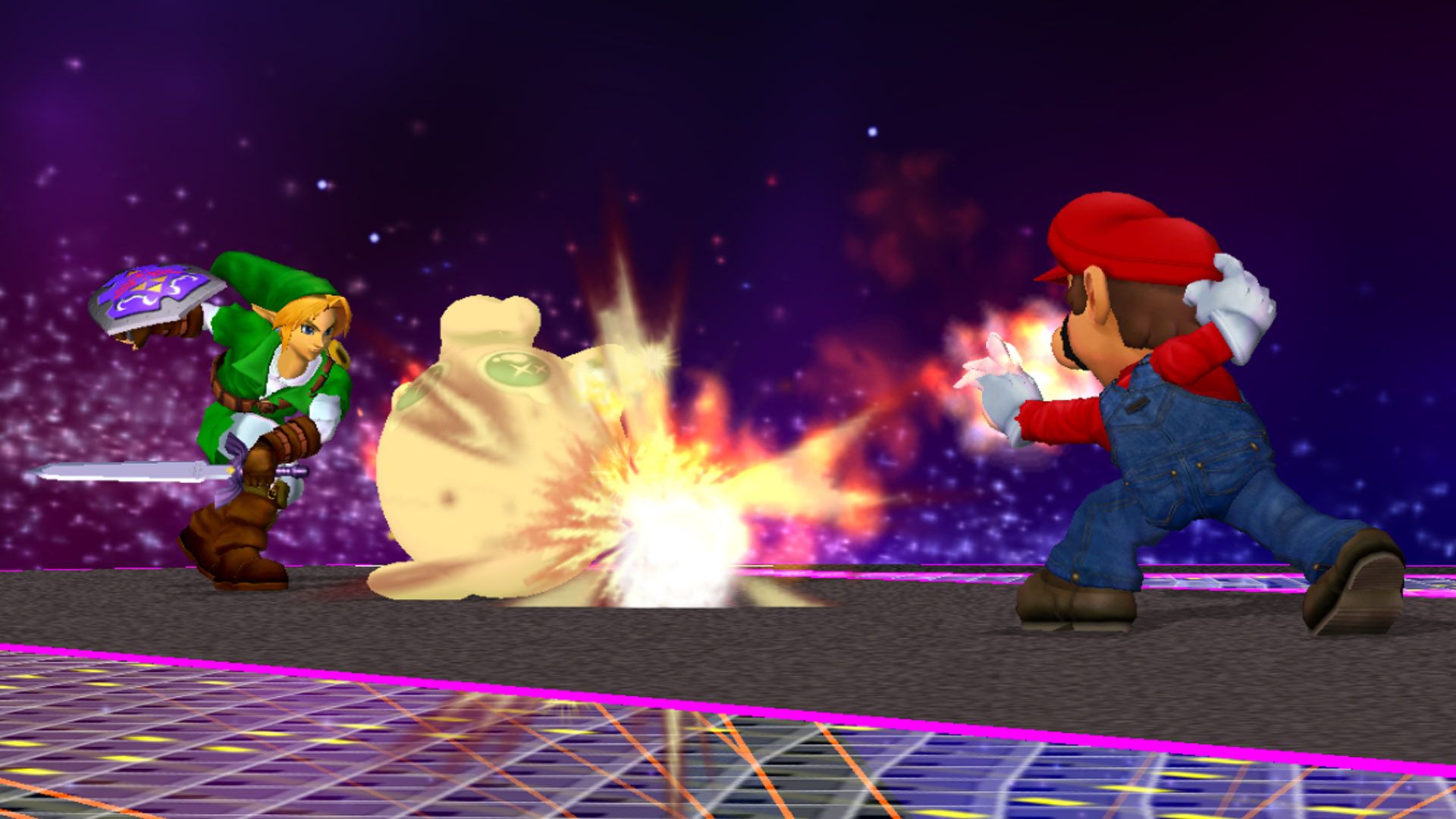
In Melee’s case, this worked out great (and lucky) for players and spectators, but a few changes in any direction could have led to a game too heavily dominated by the spacies (contrary to popular perception, most high-level play is not spacie vs spacie, but I digress).ĭespite all the moveset and mechanics changes, one thing remains true: Smash players love the space animals, at least one of the spacies turns out to be good in every version of smash, and they have consistently been one of the most fun groups of characters to both play and watch. The mechanics of each game has changed how the spacies are balanced - the defensive engine of Brawl rewarded Falco for his laser attributes and chaingrab, Smash 4 rewarded more moderate neutral play, and Melee rewarded… playing aggressively or defensively, basically letting you do whatever you want. Even the original Fox from Smash 64 is still a threat, with his stunning lasers, strong punish game, and trademark fragility.

History has shown that it’s hard to make all the spacies bad. Fox was more focused on controlling neutral and getting rewarded for hitting his attacks, but didn’t have an overly oppressive projectile or pressure game, and could still be punished hard for making a mistake. Up to this point, I see this version of Fox as the closest the dev team had gotten to how they want the space animals to play. Fox, on the other hand, retained his fast moves, laser damage, good recovery, and gained a stronger combo game with footstools and an amazing Utilt. In Smash 4, a combination of move reworks and mechanics changes gutted Falco, and Wolf was deleted entirely. But in a game as defensive as Brawl, Falco’s oppressive lasers and guaranteed punish game made him the clear best spacie in the game, leaving Fox and Wolf in the dust. He also probably had the most usable shine in Brawl, with its invincibility frames being hugely valuable for dealing with Meta Knight’s tornado. He had a fast Bair, amazing smash attacks, and a beefy laser.

Falco lost his shine but gained double-lasers (and his lasers still stun the opponent) on top of a chaingrab on most characters, earning him a spot in the top tier meta as a keep-away character with a heavy punish game off grabs.īrawl also introduced Wolf. Outside of Meta Knight, aggressive play was largely discouraged by the game’s engine, which hurt Fox quite a bit. The intention to change what Fox and Falco did was clear in Brawl, with a huge number of mechanic changes as well as changes to how the spacie moves functioned. But the purpose of this discussion is to get an idea of the intention behind Fox and Falco’s designs, and how the ideas behind their movesets function with changes in core gameplay engines. Of course, Fox and Falco’s Melee weight and fall speed make it easy to combo them, and the other top tiers have their own tools to make the matchups manageable and keep Fox and Falco out of their own tier at the very top.
#SPACIE MELEE FREE#
If you try to keep Fox’s pressure off you, you risk eating free damage from lagless lasers. The way it exists in Melee allows Fox and Falco to wear many hats - Fox, for example, has both the best pressure and one of the best runaway games. They would still have strong rushdown tools, but their projectile game would be reserved just for characters that really have trouble closing space. Without those aspects of Melee’s engine, Fox and Falco’s strengths and weaknesses would be more cleanly defined. Lagless landing on lasers and the ability to jump-cancel shines (into wavedash, which you can execute anytime you jump) give Fox and Falco access to arguably the best projectiles in the game and amazing combo and pressure tools. I want to start off by discussing the idea of the “space animal archetype.” Melee Fox and Falco are the most famous versions of the spacies, but they largely owe their notoriety to Melee’s core game engine.

With the ability to rush opponents down with fast attacks, shoot lasers from afar to pressure in neutral, go deep offstage for edgeguards and still make it back with great recoveries, and extend combos with shine, it’s not hard to see why the space animals are some of the most popular characters in Smash history. Signature moves such as the down-B reflector (the “shine”) and the neutral B laser have become synonymous with Smash, and the spacies' ever-potent combo game has kept them relevant in the competitive meta throughout the years. Without physical combat in the source games, the “space animal” movesets are all original. Star Fox is one of the franchises that defines Smash.


 0 kommentar(er)
0 kommentar(er)
